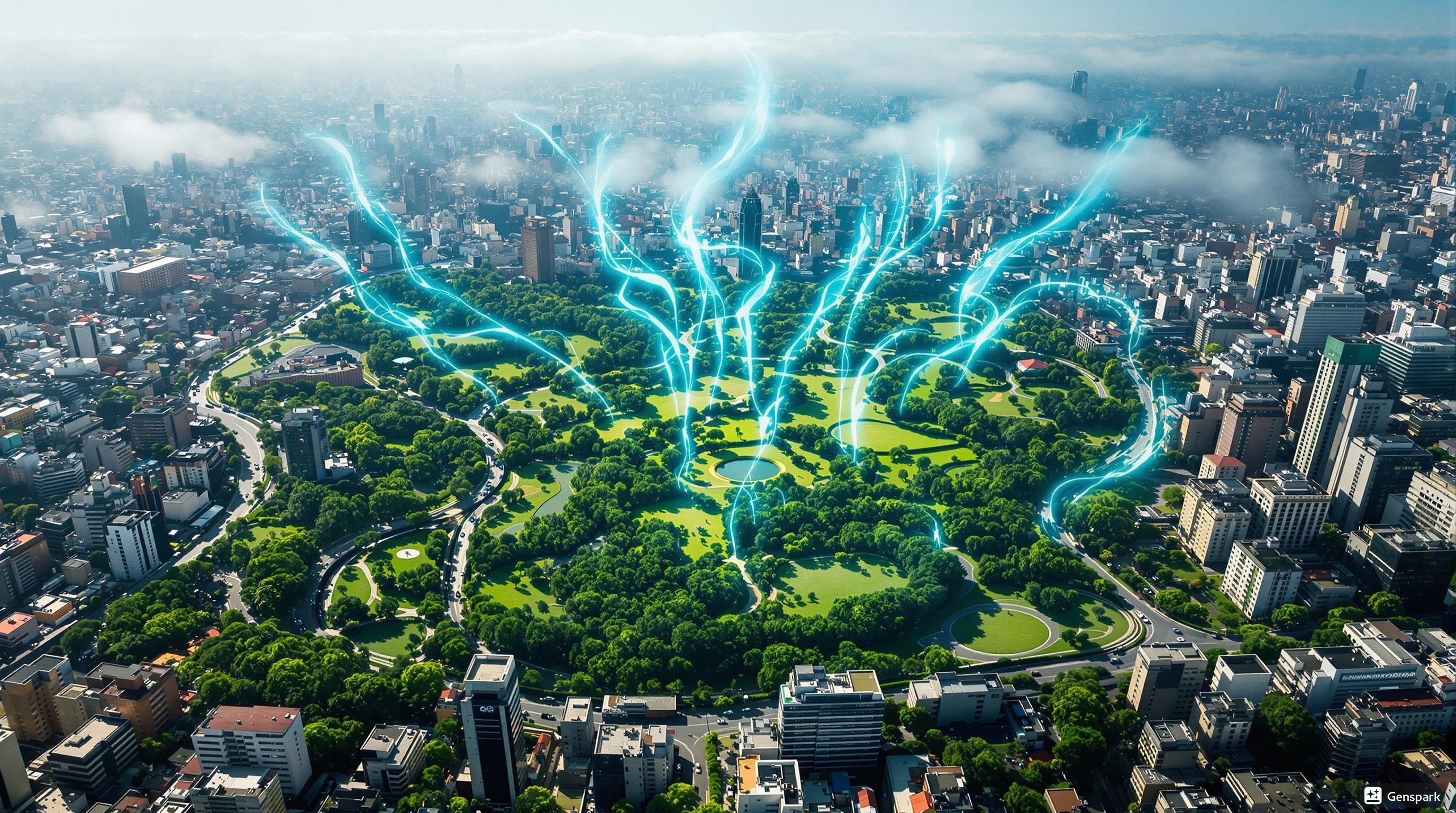
Pimiento-Quiroga, N.A., Prist, P.R., Ibarra-Espinosa, S., Barrozo, L.V. and Metzger, J.P., 2025. Air regulation service is affected by green areas cover and fragmentation: An analysis using demand, supply and flow during COVID-19 quarantine. Landscape and Urban Planning, 254, p.105230. https://doi.org/10.1016/j.landurbplan.2024.105230
This research paper examines how urban green spaces impact air quality regulation in São Paulo, Brazil, by analyzing the interplay of vegetation cover (supply), vehicle emissions (demand), and pollutant movement (flow) during the COVID-19 quarantine. The study found that greater green area coverage and lower vehicular emissions improved air quality, particularly during periods of stricter quarantine. Interestingly, the spatial arrangement of green areas, specifically less fragmentation, generally enhanced air pollution reduction, and these benefits extended up to one kilometer from pollution sources. The findings underscore the importance of both expanding and strategically managing urban green infrastructure alongside emission reduction strategies to improve air quality in megacities.
audio and summary notebookLM
